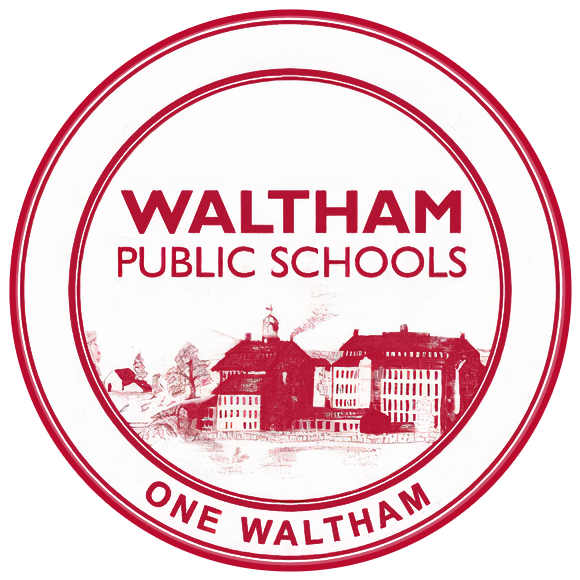Digital Literacy 6 - 8 Curriculum Guide
The goal for middle school students is to define problems more precisely, to conduct a more thorough process of selecting the best devices, tools, and solutions. Students learn to differentiate problems or sub-problems that are best solved by computing systems or digital tools and those best solved by humans. Students further develop their computational thinking problem solving skills, which facilitates the use of technology.
Unit | Timeframe | Big Ideas (Statements or Essential Questions) | Major Learning Experiences from Unit |
|---|---|---|---|
Abstraction | Ongoing throughout the year | Describe how data is abstracted by listing attributes of everyday items to represent, order and compare those items (e.g., street address as an abstraction for locations; car make, model, and license plate number as an abstraction for cars). Define a simple function that represents a more complex task/problem and can be reused to solve similar tasks/problems. Use decomposition to define and apply a hierarchical classification scheme to a complex system, such as the human body, animal classification, or in computing | Create a new representation, define functions, and use decomposition |
Algorithms | Ongoing throughout the year | Design solutions that use repetition and conditionals. Use logical reasoning to predict outputs given varying inputs. Individually and collaboratively, decompose a problem and create a sub-solution for each of its parts (e.g., video game, robot obstacle course, making dinner). Recognize that more than one algorithm can solve a given problem. Recognize that boundaries need to be taken into account for an algorithm to produce correct results. |
|
Data | Ongoing throughout the year | Demonstrate that numbers can be represented in different base systems (e.g., binary, octal, and hexadecimal) and text can be represented in different ways [e.g., American Standard Code for Information Interchange (ASCII)]. Describe how computers store, manipulate, and transfer data types and files (e.g., integers, real numbers, Boolean Operators) in a binary system. Create, modify, and use a database (e.g., define field formats, add new records, manipulate data), individually and collaboratively, to analyze data and propose solutions for a task/problem. Perform a variety of operations such as sorting, filtering, and searching in a database to organize and display information in a variety of ways such as number formats (scientific notation and percentages), charts, tables, and graphs. Select and use data-collection technology (e.g., probes, handheld devices, geographic mapping systems) to individually and collaboratively gather, view, organize, analyze, and report results for content-related problems. |
Use a variety of data collection devices. |
Programming and Development | Ongoing throughout the year | Individually and collaboratively compare algorithms to solve a problem, based on a given criteria (e.g., time, resource, accessibility). Use functions to hide the detail in a program. Create a program, individually and collaboratively, that implements an algorithm to achieve a given goal. Implement problem solutions using a programming language, including all of the following: looping behavior, conditional statements, expressions, variables, and functions. Trace programs step-by-step in order to predict their behavior. Use an iterative approach in development and debugging to understand the dimensions of a problem clearly. | Write, debug, and analyze advanced algorithms and basic programs |
Modeling and Simulation | Create a model of a real-world system and explain why some details, features and behaviors were required in the model and why some could be ignored. Use and modify simulations to analyze and illustrate a concept in depth (e.g., light rays/mechanical waves interaction with materials, genetic variation). Select and use computer simulations, individually and collaboratively, to gather, view, analyze, and report results for content-related problems (e.g., migration, trade, cellular function). | Create a model and use and modify a simulation for analysis. | |
Research | Ongoing Throughout the year | Identify digital information sources to answer research questions (e.g., online library catalog, online encyclopedias, databases, websites). Perform searches to locate information using two or more key words and techniques to refine and limit such searches. Evaluate digital sources for accuracy, relevancy, and appropriateness. Gather and organize information from digital sources by quoting, paraphrasing, and/or summarizing. Cite text-based sources using a school- or district-adopted format. Provide basic source information [e.g., Uniform Resource Locator (URL), date accessed] for non-text-based sources (e.g., images, audio, video). | Develop intermediate research skills to create artifacts and attribute credit. |
Computing Devices | Ongoing Throughout the year | Identify a broad range of computing devices (e.g., computers, smart phones, tablets, robots, e-textiles) and appropriate uses for them. Describe the function and purpose of various input and output devices (e.g., monitor, keyboard, speakers, controller, probes, sensors, Bluetooth transmitters, synthesizers). Demonstrate an appropriate level of proficiency (connect and record data, print, send command, connect to Internet, search) in using a range of computing devices (e.g., probes, sensors, printers, robots, computers). Identify and solve simple hardware and software problems that may occur during everyday use (e.g., power, connections, application window or toolbar). Identify and explain that some computing functions are always active (e.g., locations function on smart phones). | Differentiate tasks that are best done by computing systems and humans. |
Algorithms | Ongoing Throughout the year | Use logical reasoning to predict outcomes of an algorithm. Individually and collaboratively create an algorithm to solve a problem (e.g., move a character/robot/person through a maze). Detect and correct logical errors in various algorithms (e.g., written, mapped, live action, or digital). |
